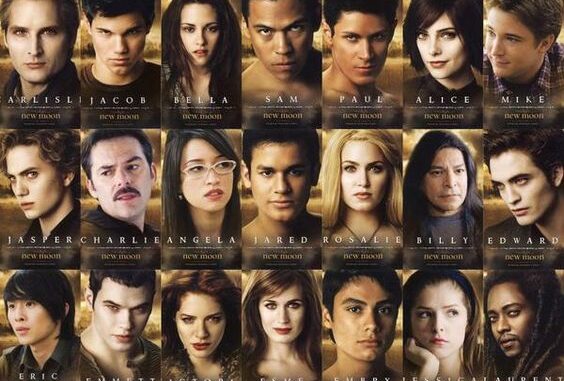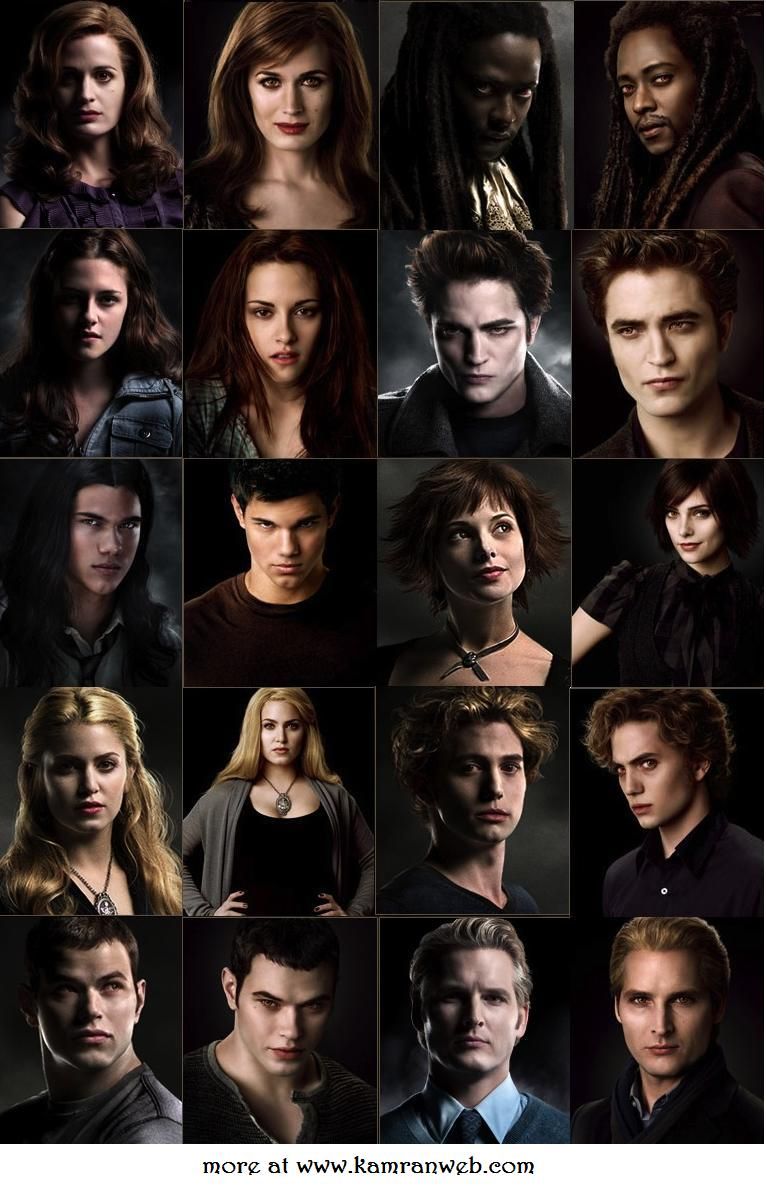
Lords of Dogtown director Catherine Hardwicke pushed to make Twilight’s cast more diverse, a choice that would have been better for the 2008 movie.
Despite the objections of the saga’s original author Stephenie Meyers, the director of 2008’s Twilight, Catherine Hardwicke, wanted a more diverse cast for the adaptation—and the embattled helmer was right to fight for the changes, even if her attempts proved largely fruitless. Released in 2008, the sleeper hit Twilight was a critically-panned, financially lucrative movie adaptation of Stephenie Meyer’s bestselling teenage paranormal romance novel series of the same name.
Directed by Lords of Dogtown helmer Catherine Hardwicke, Twilight was dismissed by critics (and even its own star Robert Pattinson) due to the cornier aspects of the movie’s melodramatic love story of an immortal vampire, Edward Cullen, and his small-town teenage love interest, series protagonist Bella Swan. However, despite (or perhaps because of) the familiar romantic plot and over-the-top elements, Twilight proved a huge success with its target audiences of teens and spawned a quartet of sequels in New Moon, Eclipse, and Breaking Dawn Parts 1 and 2.
Despite the success of the Twilight series, though, Hardwicke did not return to direct the sequels and later revealed that she clashed with Twilight author Stephenie Meyer over who to cast in the main roles of the original movie. While none of the movies in the franchise were well-liked critically, Hardwicke’s original and 30 Days of Night director David Slade’s third installment Eclipse were amongst the better-received of the Twilight franchise movies. As such, many fans were surprised when Hardwicke did not come back for the sequel New Moon, but the revelation that Meyers pushed back against Hardwicke’s desire to cast the central characters with more diverse actors exposed a division between the two creators. In this instance, it is clear that Hardwicke was right about casting Twilight with more diverse actors, as this would have made the Cullens less creepy to their classmates and fit the overarching theme of chosen families more aptly.
Hardwicke and Meyers’ Twilight Diversity Disagreement Explained
In an interview with The Daily Beast, Hardwicke opened up about the conflict, saying that in her limited time with Stephenie Meyer, she made it clear, “that I wanted a lot more of the cast to be diverse,” but Meyer “had not really written it that way” and pushed back against the idea. “I was like oh my God, I want the vampires, I want them all—Alice, I wanted her to be Japanese! I had all these ideas,” Hardwicke recounted. “And she just could not accept the Cullens to be more diverse, because she had really seen them in her mind, she knew who each character was representing in a way, a personal friend or a relative or something.”
Meyers defended her certainty that the Cullens should be white due to a passage in the book that mentions their “pale glistening skin,” eventually allowing Hardwicke to cast a non-white actor as Laurent, the acquaintance of Twilight’s major villain James since the novel refers to his book counterpart as having olive skin. However, Hardwicke was right to push for the interpretation for numerous reasons. A more diverse set of Cullens would make more sense since the family’s ageless “children” can hide their status as couples while in school, and the student body’s belief that they are simply weirdly close as siblings would make a lot more sense (and seem less creepy) if they didn’t all look like blood relatives. Meanwhile, the Twilight franchise’s recurring theme of chosen families makes more sense visually when the family doesn’t look as if they are related by blood, which the universally similar Cullens very much do in the film adaptations.
Diverse Cullens Fit The Theme Of Chosen Families
The Twilight movie adaptations leave a lot of lingering questions about Edward’s family unanswered, such as how the Cullens manage to hide their massive wealth from the world. However, one thing that the movie adaptations do explain is the backstories of many family members, and Rosalie, Jasper, Edward, Alice, Carlisle, Esme, and Edward are all intended to be unrelated by blood. The Cullens are supposed to have found each other due to a collective need for a family shared by their members, not blood relation or geographical convenience, and the action of their canon backstories is scattered across the continental U.S. This story detail meant a more diverse cast who don’t look alike could have solidified the idea of the Cullens being a found family, rather than a biological one, and reinforced the notion of chosen families being as valid and valuable as blood relatives.
A Diverse Cullen Family Makes More Sense (& Is Less Creepy)
Hardwicke noted that she had envisioned the Cullen clan as a multiracial family, specifically seeing Edward’s sister Alice Cullen as an Asian actor. Although Meyers has actors in mind for most of the movie’s main roles (many of which didn’t work out), the movie’s premise would have made much more sense in terms of believability if Hardwicke’s plan had been followed. The Cullens are depicted as being teenage siblings who are secretly long-term romantic partners and if they looked like adopted, rather than biological, siblings, their intense closeness likely wouldn’t have been as jarring, creepy, and most importantly for secret vampires, attention-worthy to their classmates. It’s important to note that the characters of Twilight do frequently comment on how strange and otherworldly the Cullens are, and the fact that characters like Rosalie Hale and Emmett Cullen’s clear attraction to each other have not been noticed by classmates who think they are siblings (albeit adopted ones) stretches credulity even more than the idea that their actors could pass for teenagers at the time of filming.
Where Hardwicke Brought Diversity To Twilight
Hardwicke noted that Stephenie Meyers granted her approval for Kenyan actor Edi Gathegi of House fame to play the villainous Laurent and that Meyers was then “open to the students in [Bella’s] peer group being other ethnicities, so we got Christian Serratos and Justin Chon, so we were able to open it up a little bit.” The representation in Twilight is far from ideal and the characters of color featured did not have the effective plot or thematic relevance of a diverse Cullen clan, but Bella’s more diverse friend group did at least avoid the only non-white cast member being a major villain. Even with that, Twilight’s depiction of the Quileute people was still offensive enough to earn the ire of some real-life tribe members, but this element of the series was explored more in the movie’s sequels which Hardwicke was no longer involved with. Twilight may not have ended up starring Emily Browning and Henry Cavill in the roles of Bella and Edward as Meyers desired, but the movies did lose out on some effective casting by ignoring Hardwicke’s calls for diversity in the main roles in favor of the original author’s choices.
